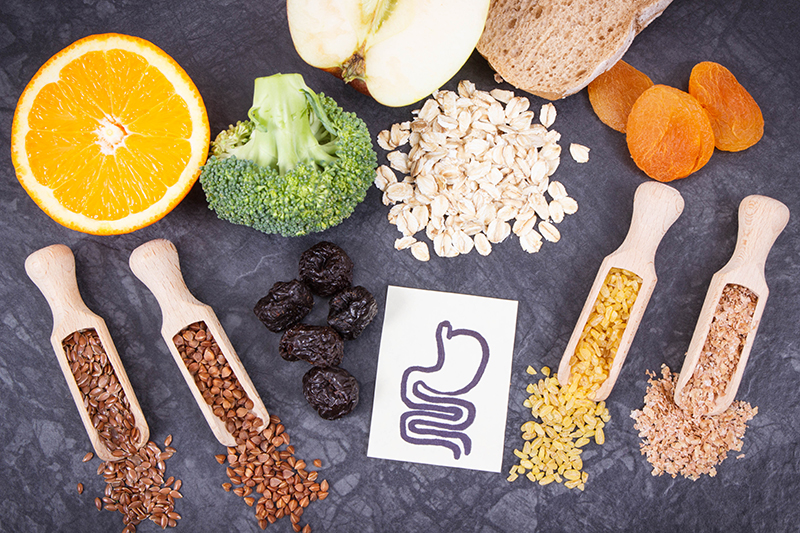Since the month of November is commonly associated with Thanksgiving in the US, it’s only fitting that it should also be recognized as Stomach Cancer Awareness Month as well. Also known as “gastric” cancer, stomach cancer is the formation of cancer cells in the stomach lining. The stomach wall is composed of 3 tissue layers – the mucosal, the muscularis, and the serosal layers. Most stomach cancer cells typically develop in the mucosal layer and spread to the outer layers from there.
About 90% of all stomach cancers are adenocarcinomas or cancers that develop in the mucus secreting glands. Roughly 28,000 new stomach cancer cases will have been diagnosed by the end of 2021 while 11,000 will die from the disease. Stomach cancer is more common among men than women. However, it occurs less often among non-Hispanic whites than individuals of other ethnicities and races. In most cases, stomach cancer develops in the main part of the stomach although it can affect other areas.
Common Symptoms of Stomach Cancer
There are several symptoms commonly associated with stomach cancer but not exclusive to the disease. These include:
- Bloated feeling after eating
- Difficulty swallowing
- Feeling full even though you only ate a small amount
- Heartburn
- Indigestion
- Nausea
- Stomach pain
- Unintentional weight loss
- Vomiting
If you have any signs or symptoms that are causing concern, visit your doctor. He or she will likely investigate the common causes of them.
Causes and Risk Factors
Although the causes of stomach cancer have yet to be concretely identified, clinical research has identified those factors that can increase the risk of developing it such as:
- Eating too many salty and/or smoked foods
- Family history of stomach cancer
- Gastritis (long-term inflammation of the stomach)
- GERD or gastroesophageal reflux disease
- Not eating enough fruits and vegetables
- Obesity
- Smoking
- Stomach polyps
To reduce these risk factors, cut back on the amount of salty and/or smoked foods in your diet, eat more fruits and vegetables, lose weight, and stop smoking. Also, consider speaking with your doctor regarding your risk of developing stomach cancer.
Diagnostic Procedures and Tests
The 3 most common procedures and tests for diagnosing stomach cancer include:
- CT scans and X-rays – imaging tests commonly used to look for stomach cancer.
- Upper endoscopy – a tiny camera is inserted via the esophagus into the stomach to look for signs of the disease.
- Tissue biopsy – a tool is used during the endoscopy to remove any suspicious looking tissues for testing.
For more information about diagnostic imaging to detect stomach cancer please call Vital Imaging today at (305) 596-9992.

